Material Specific
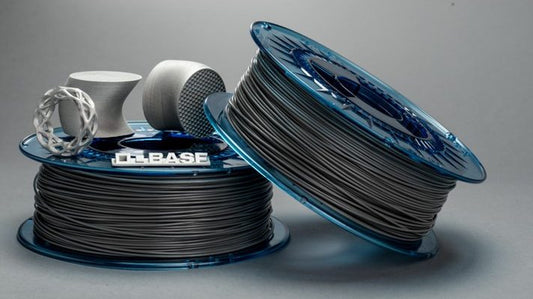
Ultrafuse 316L – Printing metal on your desktop...
BASF Ultrafuse 316L enables the production of solid 316L-grade stainless steel parts through the use of desktop FDM 3D printers and a sintering process. Ultrafuse® 316L filament consists of highly-refined...
Ultrafuse 316L – Printing metal on your desktop...
BASF Ultrafuse 316L enables the production of solid 316L-grade stainless steel parts through the use of desktop FDM 3D printers and a sintering process. Ultrafuse® 316L filament consists of highly-refined...
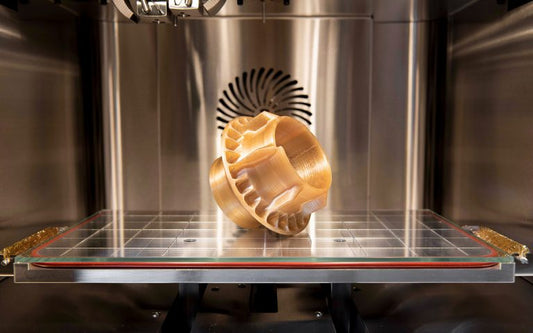
3D Printing High Temperature Materials
When it comes to FDM 3D printing, successfully printing with high temperature materials is still one of the most demanding prospects. These materials require printing temperatures which are often markedly...
3D Printing High Temperature Materials
When it comes to FDM 3D printing, successfully printing with high temperature materials is still one of the most demanding prospects. These materials require printing temperatures which are often markedly...

3D Printing Polycarbonate – Why and how?
This is the first blog post series in which we discuss different classes of engineering FDM filaments. This particular post will focus on 3D Printing Polycarbonate filament, use cases, pros...
3D Printing Polycarbonate – Why and how?
This is the first blog post series in which we discuss different classes of engineering FDM filaments. This particular post will focus on 3D Printing Polycarbonate filament, use cases, pros...
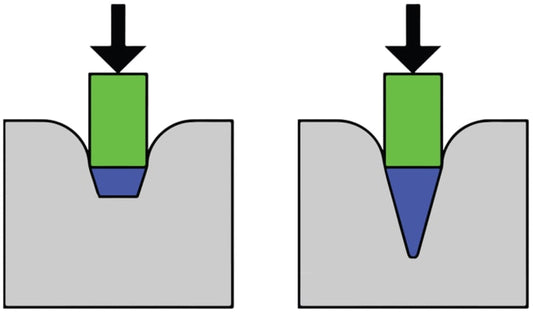
3D Printing Flexible Materials – A short guide
3D Printing flexible materials can be as challenging as it is exciting. However choosing the right flexible material for your application and printing setup can be even less straightforward! Flexible...
3D Printing Flexible Materials – A short guide
3D Printing flexible materials can be as challenging as it is exciting. However choosing the right flexible material for your application and printing setup can be even less straightforward! Flexible...
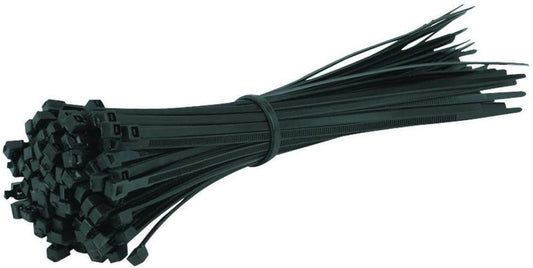
3D Printing with Nylon – Why & How?
Following from our last article, where we discussed Polypropylene and its uses in 3D printing, we will be discussing Polyamides. More commonly know as Nylon, this thermoplastic material comes in...
3D Printing with Nylon – Why & How?
Following from our last article, where we discussed Polypropylene and its uses in 3D printing, we will be discussing Polyamides. More commonly know as Nylon, this thermoplastic material comes in...
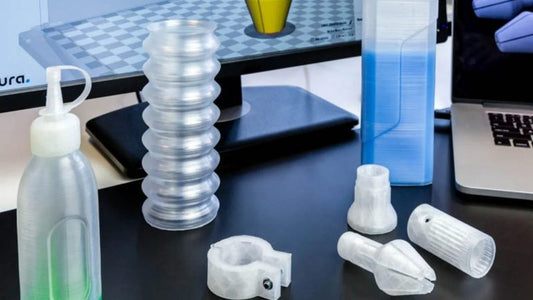
3D Printing Polypropylene – Why and how?
Following last week’s blog article about Polycarbonate, this week we will be looking at another interesting FDM printing material. Polypropylene can be regarded as the opposite of Polycarbonate. While PC...
3D Printing Polypropylene – Why and how?
Following last week’s blog article about Polycarbonate, this week we will be looking at another interesting FDM printing material. Polypropylene can be regarded as the opposite of Polycarbonate. While PC...
